C++11并发与多线程笔记(3)线程传参详解,detach 大坑,成员函数做线程函数
- 1、传递临时对象作为线程参数
- 1.1 要避免的陷阱1
- 1.2 要避免的陷阱2
- 1.3 总结
- 2、临时对象作为线程参数
- 2.1 线程id概念
- 2.2 临时对象构造时机抓捕
- 3、传递类对象、智能指针作为线程参数
- 3.1 类对象作为线程参数
- 3.2 智能指针作为线程参数
- 4、用成员函数指针做线程函数
1、传递临时对象作为线程参数
1.1 要避免的陷阱1
#include <iostream>
#include <thread>
using namespace std;
void myPrint(const int &i, char* pmybuf)
{
//如果线程从主线程detach了
//i不是mvar真正的引用,实际上值传递,即使主线程运行完毕了,子线程用i仍然是安全的,但仍不推荐传递引用
//推荐改为const int i
cout << i << endl;
//pmybuf还是指向原来的字符串,所以这么写是不安全的
cout << pmybuf << endl;
}
int main()
{
int mvar = 1;
int& mvary = mvar;
char mybuf[] = "this is a test";
thread myThread(myPrint, mvar, mybuf);//第一个参数是函数名,后两个参数是函数的参数
myThread.join();
//myThread.detach();
cout << "Hello World!" << endl;
}
在使用detach时,不推荐引用传递,指针传递肯定有问题
1.2 要避免的陷阱2
#include <iostream>
#include <thread>
#include <string>
using namespace std;
void myPrint(const int i, const string& pmybuf)
{
cout << i << endl;
cout << pmybuf << endl;
}
int main()
{
int mvar = 1;
int& mvary = mvar;
char mybuf[] = "this is a test";
//如果detach了,这样仍然是不安全的
//因为存在主线程运行完了,mybuf被回收了,系统采用mybuf隐式类型转换成string
//推荐先创建一个临时对象thread myThread(myPrint, mvar, string(mybuf));就绝对安全了
thread myThread01(myPrint, mvar, mybuf);
//myThread01.join();
myThread01.detach();
cout << "I love China!" << endl;
}
在创建线程的同时构造临时对象的方法传递参数是可行的
1.3 总结
- 如果传递int这种基本数据类型,推荐使用值传递,不要用引用
- 如果传递类对象,避免使用隐式类型转换,全部都是创建线程这一行就创建出临时对象,然后在函数参数里,用引用来接,否则还会创建出一个对象
- 终极结论:建议不使用detach,只使用join,这样就不存在局部变量失效导致线程对内存的非法引用问题。
2、临时对象作为线程参数
2.1 线程id概念
- id是个数字,每个线程(不管是主线程还是子线程)实际上都对应着一个数字,而且每个线程对应的这个数字都不一样。
- 线程id可以用C++标准库里的函数来获取。**std::this_thread::get_id()**来获取
2.2 临时对象构造时机抓捕
#include<iostream>
#include<thread>
using namespace std;
class A {
public:
int m_a;
A(int a) :m_a(a) {
cout << "A(int a):m_a(a)构造函数执行" << this << " 线程id为:" <<this_thread::get_id << endl;
}
A(const A& a):m_a(a.m_a){
cout << "A(const A& a):m_a(a.m_a)拷贝构造函数执行" << this <<" 线程id为:" << this_thread::get_id << endl;
}
~A() {
cout << "~A() 析构函数执行" << this <<" 线程id为:" << this_thread::get_id << endl;
}
};
void myPrint(const int i, const A& pmybuf) {
cout << i << endl;
cout << pmybuf.m_a<< endl;
}
int main() {
int mvar = 1;
int myseconder = 12;
cout<<"主线程id为:"<< this_thread::get_id() << endl;
thread myThread01(myPrint, mvar, A(myseconder));
myThread01.detach();
cout << "hello world" << endl;
}

3、传递类对象、智能指针作为线程参数
3.1 类对象作为线程参数
#include <iostream>
#include <thread>
using namespace std;
class A {
public:
mutable int m_i; //m_i即使实在const中也可以被修改
A(int i) :m_i(i) {}
};
void myPrint(const A& pmybuf)//虽然是参数引用,但还是没有修改主线程中m_i值
{
pmybuf.m_i = 199;//修改的值不影响main函数
cout << "子线程myPrint的参数地址是" << &pmybuf << "thread = " << std::this_thread::get_id() << endl;
}
int main()
{
A myObj(10);
//myPrint(const A& pmybuf)中引用不能去掉,如果去掉会多创建一个对象
//const也不能去掉,去掉会出错
//即使是传递的const引用,但在子线程中还是会调用拷贝构造函数构造一个新的对象,
//所以在子线程中修改m_i的值不会影响到主线程
//如果希望子线程中修改m_i的值影响到主线程,可以用thread myThread(myPrint, std::ref(myObj));,省去了传递时的拷贝构造函数
//这样const就是真的引用了,myPrint定义中的const就可以去掉了,类A定义中的mutable也可以去掉了
thread myThread(myPrint, myObj);
myThread.join();
//myThread.detach();
cout << "Hello World!" << endl;
}
分析:
- void myPrint(const A& pmybuf)//虽然是参数引用(& pmybuf),但还是没有修改主线程中m_i值
- 如果希望子线程中修改m_i的值影响到主线程,可以用thread myThread(myPrint, std::ref(myObj));
3.2 智能指针作为线程参数
#include <iostream>
#include <thread>
#include <memory>
using namespace std;
void myPrint(unique_ptr<int> ptn)
{
cout << "thread = " << std::this_thread::get_id() << endl;
}
int main()
{
unique_ptr<int> myp(new int(10));
//独占式智能指针只能通过std::move()才可以传递给另一个指针
//传递后up就指向空,新的ptn指向原来的内存
//所以这时就不能用detach了,因为如果主线程先执行完,ptn指向的对象就被释放了
thread myThread(myPrint, std::move(myp));
myThread.join();
//myThread.detach();
return 0;
}
分析:
- unique_ptr 构造函数已经将拷贝函数和拷贝赋值删除了,禁止拷贝,如果需要将unique_ptr对象传入,需要使用std::move(myp)
4、用成员函数指针做线程函数
class A {
public:
int m_a;
A(int a) :m_a(a) {
cout << "A(int a):m_a(a)构造函数执行" << this << " 线程id为:" <<this_thread::get_id << endl;
}
A(const A& a):m_a(a.m_a){
cout << "A(const A& a):m_a(a.m_a)拷贝构造函数执行" << this <<" 线程id为:" << this_thread::get_id << endl;
}
~A() {
cout << "~A() 析构函数执行" << this <<" 线程id为:" << this_thread::get_id << endl;
}
void thread_work(int i) {
cout << "子线程thread_work执行" << this <<" thread_work线程id为:" << this_thread::get_id << endl;
}
void operator()(int i){
cout << "子线程operator()执行" << this <<" operator()线程id为:" << this_thread::get_id << endl;
}
};
int main() {
cout<<"主线程id为:"<< this_thread::get_id() << endl;
A myobj(10);//生成一个类对象;
//参数1:传成员函数地址
//参数2:对象名
//参数3:函数所需的参数
thread myThread(&A::thread_work,myobj,15)
// &myobj==std::ref(myobj) 不调用拷贝构造函数了,那后续如果调用myThread就不安全了
//thread myThread(myobj,15) //使用 operator()作为子线程入口
myThread.detach();
cout << "hello world" << endl;
}
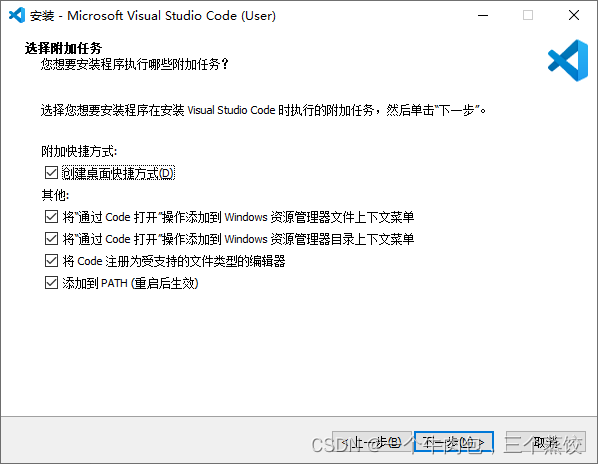


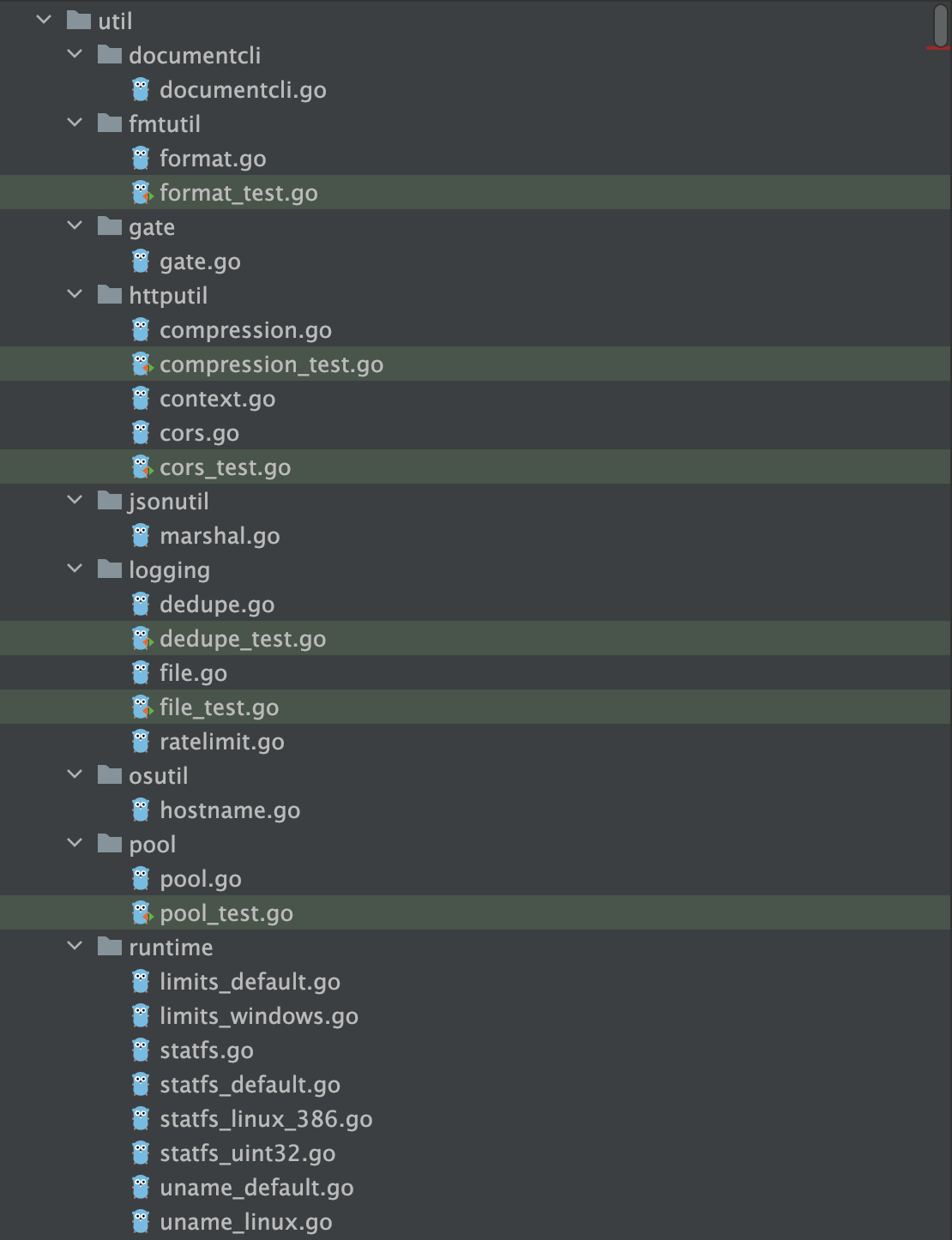


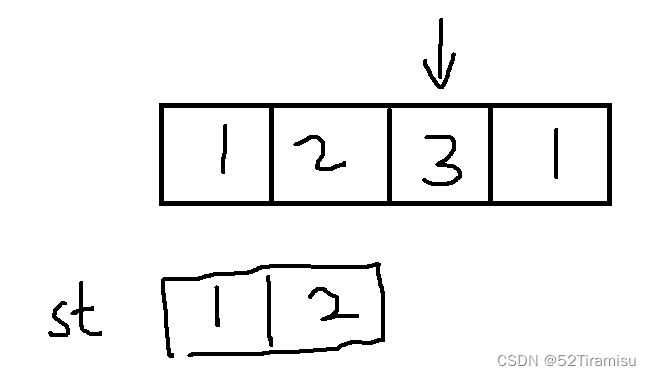

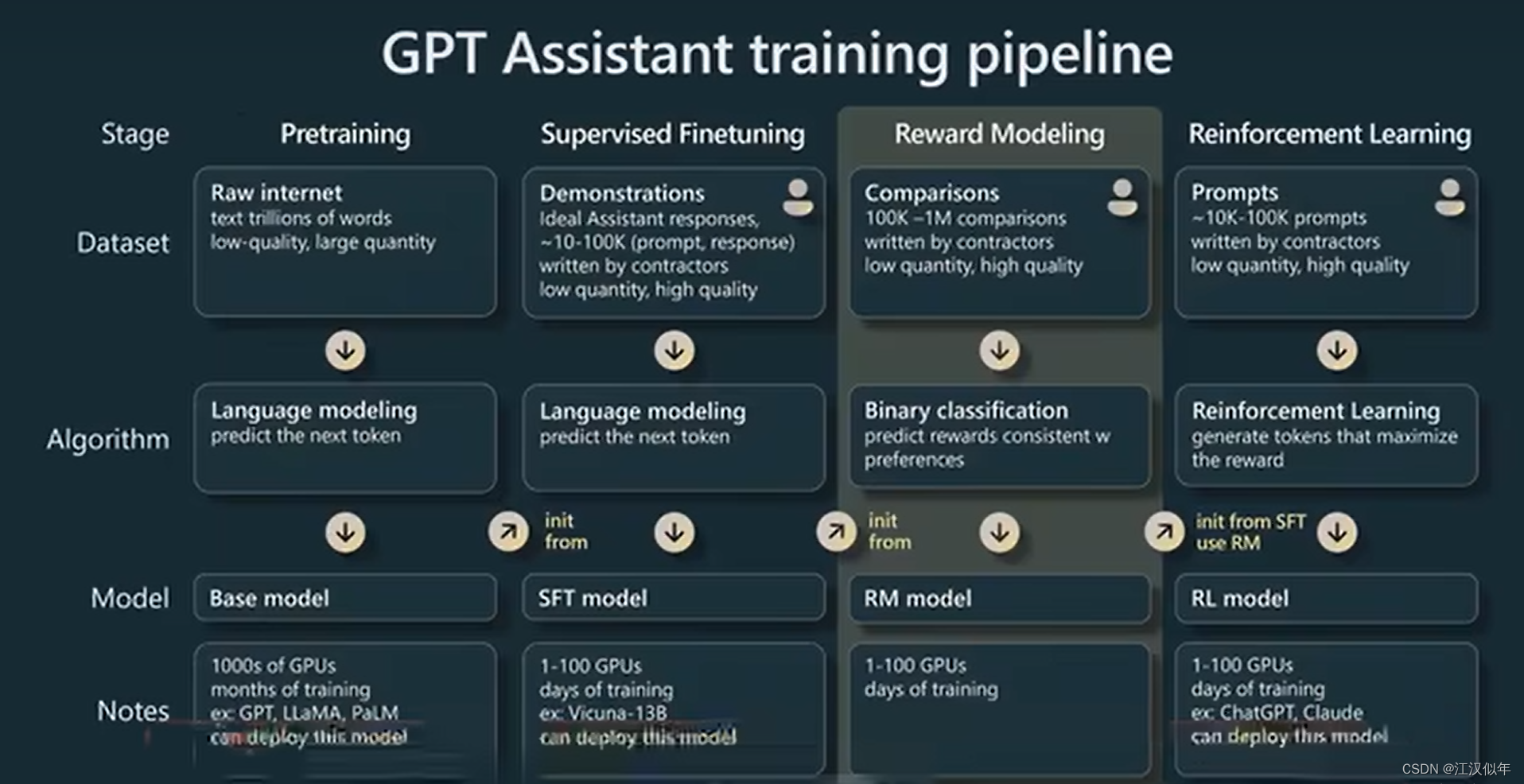
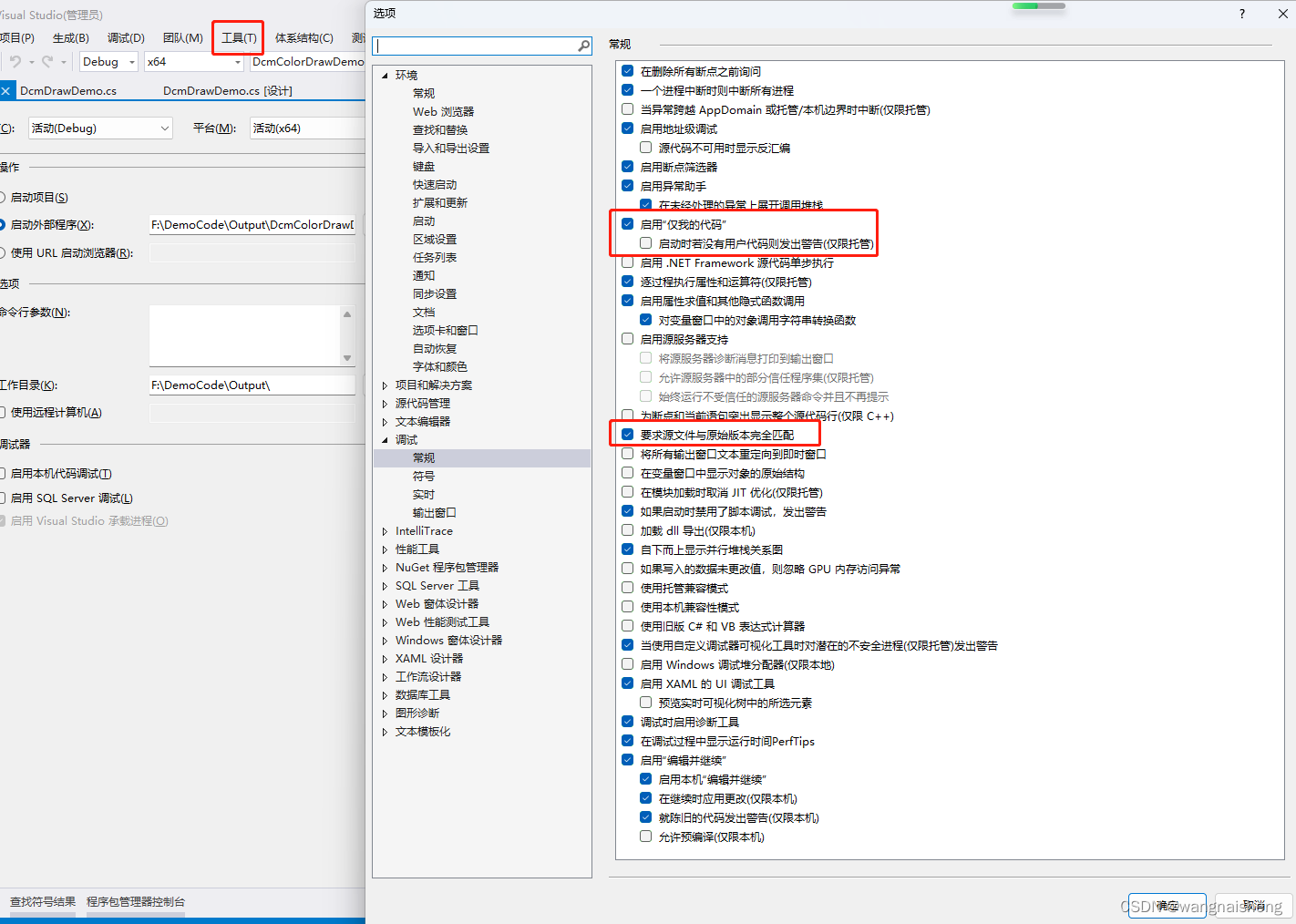


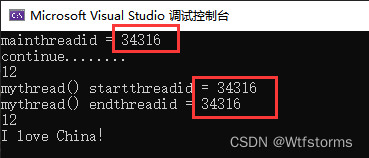

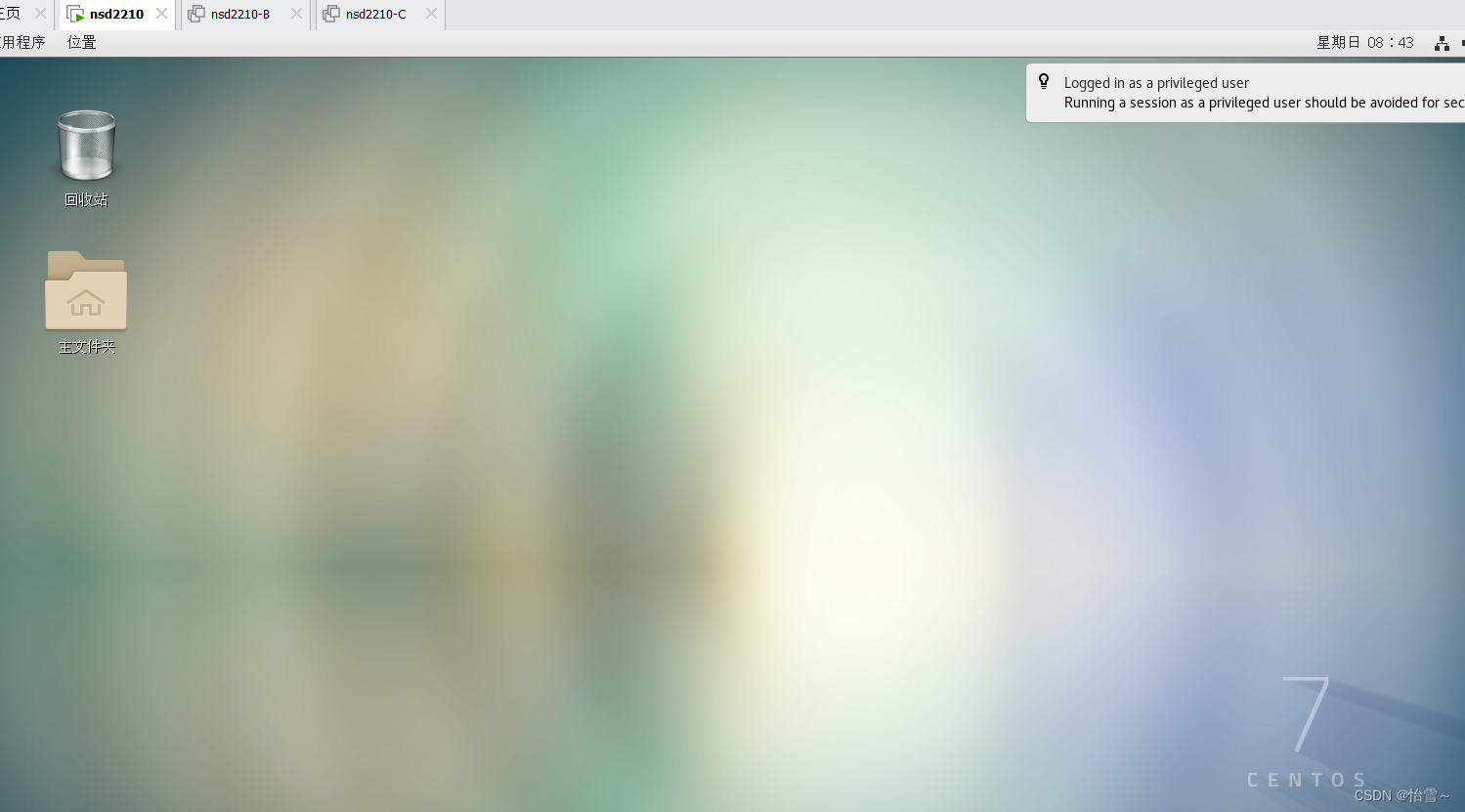


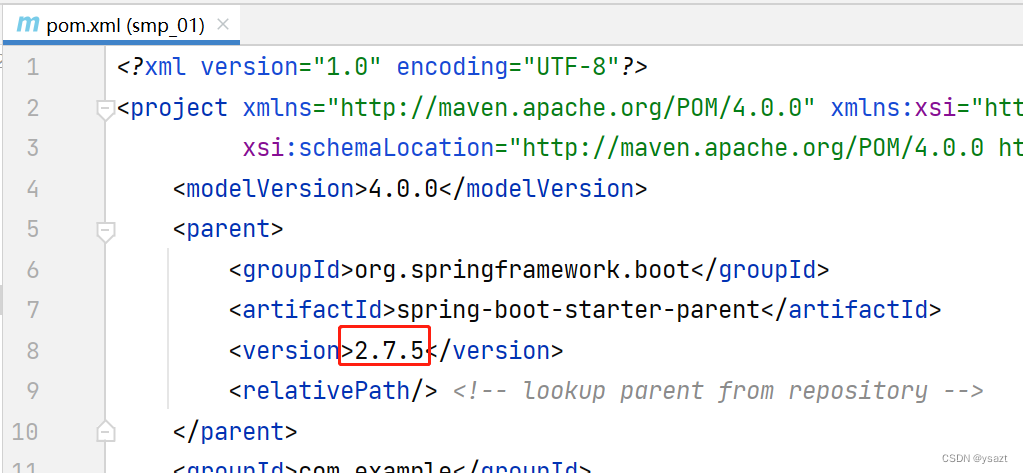

![华为手机Outlook手机APP无法登录邮箱,提示[2002]错误代码](https://img-blog.csdnimg.cn/f27b5ccbfc9e42d1acd916ec8933c3c3.png)